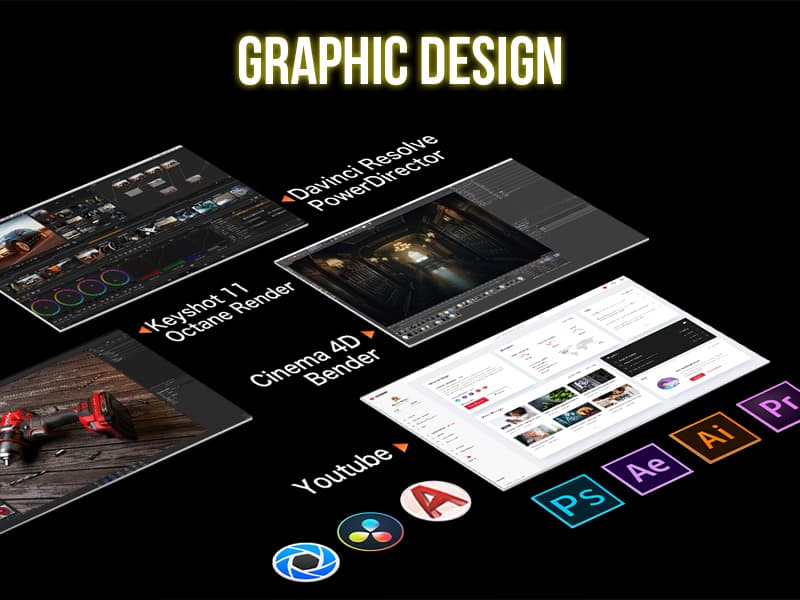Buying Guide
Choose the Right Resolution and Refresh Rate for Your Gaming Needs
When selecting a gaming monitor, the resolution and refresh rate are crucial for an immersive experience. A higher resolution, such as QHD or WQHD, delivers sharper visuals, while a high refresh rate like 165Hz or 240Hz ensures smooth gameplay with minimal motion blur.
Consider the Panel Type for Color Accuracy and Viewing Angles
Different panel types, like IPS or VA, offer varying color accuracy and viewing angles. IPS panels provide vibrant colors and wide viewing angles, making them ideal for gamers who want true-to-life visuals, while VA panels offer better contrast for darker scenes.
Curvature Matters for Immersive Gameplay
Curved monitors like those with a 1000R curvature wrap the screen around your peripheral vision, enhancing immersion. Whether you're playing fast-paced shooters or adventure games, a curved design can elevate the gaming experience by pulling you deeper into the action.
Eye Comfort Features for Extended Sessions
For longer gaming sessions, consider monitors with eye comfort technologies like Blue Light Shift and Flicker-Free. These features reduce eye strain and fatigue, allowing you to game comfortably for hours.
Connectivity and Adjustability for Customization
Ensure your monitor has the necessary ports, such as HDMI, DisplayPort, and USB, for easy connection to your devices. Additionally, look for adjustable stands that allow you to tilt, swivel, and height-adjust your display for the best ergonomic position.
FAQs
1. Should I purchase an IPS, TN, or VA display panel?
An IPS panel is always preferred over a TN panel. Although the picture quality, viewing angle, and color reproduction are considerably greater than the less expensive technology, you can typically obtain a quicker TN for less money. The second option is VA technology, which is less costly than IPS but superior than TN. The colors aren't nearly as vibrant, but the contrast is outstanding.
2. Should I get a monitor with FreeSync or G-Sync?
FreeSync displays will be less expensive in general. Previously, they could only be utilized in conjunction with an AMD graphics card. G-Sync displays and Nvidia GPUs were similarly affected. If you're looking to save money, though, you can now get G-Sync compatible FreeSync displays.
3. Should I invest in a High Dynamic Range (HDR) monitor?
You can take advantage of the ever-growing range of games and applications that support HDR with a High Dynamic Range display. It provides more brilliant colors and contrast, but it will raise the price somewhat. Windows' native HDR feature is similarly lacking, and you may find yourself fiddling with the settings to get HDR to seem as it should.
4. What is the best aspect ratio for me?
The best way to appreciate today's movies and games is to watch them in a widescreen format with a 16:9 aspect ratio or above. With black strips running down the top and bottom of the screen in 4:3, such dramatic moments will seem stunted. There are a slew of little differences in each ratio, but ultimately, whatever one you choose is a matter of personal choice.
And the very far-out option, if you have a little extra cash to blow, is ultra-wide aspect ratios like 21:9 and 32:9 and their variants. These will provide a much more immersive and all-encompassing experience. Or literally, encompass yourself with a curved monitor, up to you.
Final Words
Our picks are based on what we believe are the Best Gaming Monitors on the market right now. They've been tweaked to work for the majority of folks in every price level. Our rating is based on our evaluation, as well as pricing and visitor comments.
If you'd rather make your own choice, here's a complete list of the Best Gaming Monitors. Take caution not to get too engrossed in the details. Most monitors are sufficient to satisfy the majority of users, and the flaws we criticize displays for are typically undetectable until you hunt for them.



















